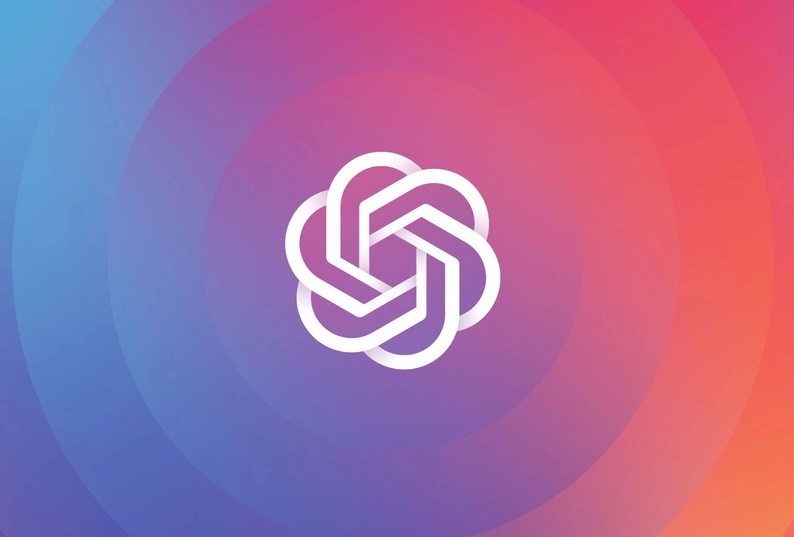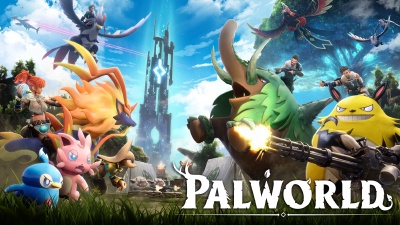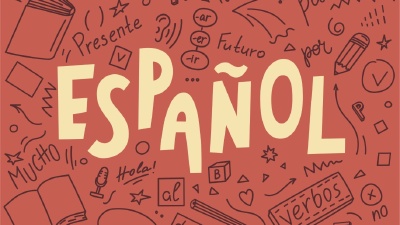ChatGPT has been making waves in the world of artificial intelligence, providing users with a powerful tool for generating human-like text. In this article, we’ll explore what ChatGPT is, how to use it, its training process, associated costs, and plugin possibilities. Let’s dive in!
What is ChatGPT?
ChatGPT is an advanced AI language model developed by OpenAI, based on the GPT-4 architecture. This model has the ability to understand and generate human-like text, making it incredibly useful for various applications, such as content generation, chatbots, and more. Its proficiency in natural language processing allows it to grasp context, analyze text, and provide relevant, coherent responses.

The implementation of ChatGPT has revolutionized multiple industries, including customer support, marketing, and even education. By providing fast and accurate text generation, it has become an essential tool for businesses looking to optimize their processes and reduce costs while maintaining high-quality communication with their customers.
In our article, How to chat with an Artificial Intelligence, we discussed several alternatives to ChatGPT. The difference is that ChatGPT is double-trained: first, it is trained on a large dataset of text from the internet, and then it is trained on a smaller dataset of conversations. This makes it more accurate and more human-like than other models, especially when it comes to conversations. Other models don’t have a conversational behavior and are more focused on generating text from a prompt that’s missing words at the end or has an imcomplete thought.
How to Use ChatGPT
To begin using ChatGPT, you’ll first need to access the ChatGPT official website here , the OpenAI API or a platform that integrates the model. Once you’ve gained access, you can use the website or API to send prompts and receive generated text as responses.
When working with ChatGPT, it’s essential to provide clear and concise prompts to ensure the AI understands your request. If you’re a programmer, you’ll also have options to tweak parameters like temperature and maximum tokens to influence the model’s output, adjusting for creativity or length.
Training ChatGPT
ChatGPT is trained using a method called unsupervised learning on a massive dataset of text from the internet. It learns patterns, grammar, and context by analyzing this data, enabling it to generate coherent and relevant responses. However, it’s important to note that the model’s knowledge is limited to the data it has been trained on and may not be up-to-date with the latest information. OpenAI will frequently publish the latest cut date of the model, so you can see how recent the data is.
To make ChatGPT even more useful and efficient, developers can fine-tune the model on custom datasets. This process involves training the model on a smaller, domain-specific dataset, allowing it to specialize in certain topics or industries and generate more accurate responses. The service you get off the ChatGPT OpenAI website does not allow extending the training of the model you use online, and you will have to roll your own Large Language Model with custom training, such as Alpaca or LLaMA . However, it’s possible to use the prompt system to “teach” ChatGPT additional information, which can then be queried via additional prompts.
ChatGPT doesn’t actually “understand” human thinking. The way it works is by generating responses based on statistical patterns. Our previous article has more details about this and a explanation in Layman’s terms: How to chat with an Artificial Intelligence.
ChatGPT Pricing: subscription plans and costs
OpenAI offers different pricing plans for using ChatGPT, ranging from free access to premium subscriptions. The costs depend on factors such as usage limits, response times, and support. To find the plan that best suits your needs, let’s take a look at the different options available.
ChatGPT Pricing Plans
Currently, ChatGPT 3.5 is free to use, although the access is capped during heavy usage or peak hours.
ChatGPT Plus, on the other hand, costs US$20 per month and provides unlimited access to the model. It also offers faster response times and priority support, making it ideal for businesses looking to integrate ChatGPT into their applications.
API Usage
For API usage, if you want to integrate your own technology with ChatGPT, you pay per tokens. Tokens aren’t strictly “words” or “characters” but instead they are a measure of the complexity of the text. For example, a single word might be 1 token, but a long sentence might be 10 tokens.
You can use OpenAI’s Tokenizer tool to get an idea of how many tokens your text will be.
ChatGPT Plugins
ChatGPT recently announced the release of its plugin system, which allows developers to create custom plugins for the model. These plugins can be used to add new features or improve existing ones, making ChatGPT even more powerful and versatile.
The craziest part of using plugins is that, strictly, to integrate with ChatGPT you do not write code. Instead, you define what your API does, and ChatGPT will figure out how to use it. This is a huge step forward in the world of AI, and it’s exciting to see what developers will create with this new technology.
You can read more about plugins in this blog article by OpenAI . ChatGPT plugins are not available to everyone, and to get a chance to have them available to you, you need to apply for access .
ChatGPT is an impressive AI language model that has significantly impacted various industries, providing efficient and human-like text generation. By understanding its capabilities, training process, and integration possibilities, you can leverage this powerful tool to improve your workflow and enhance your projects. Don’t miss out on the potential of ChatGPT—start exploring its uses today!


